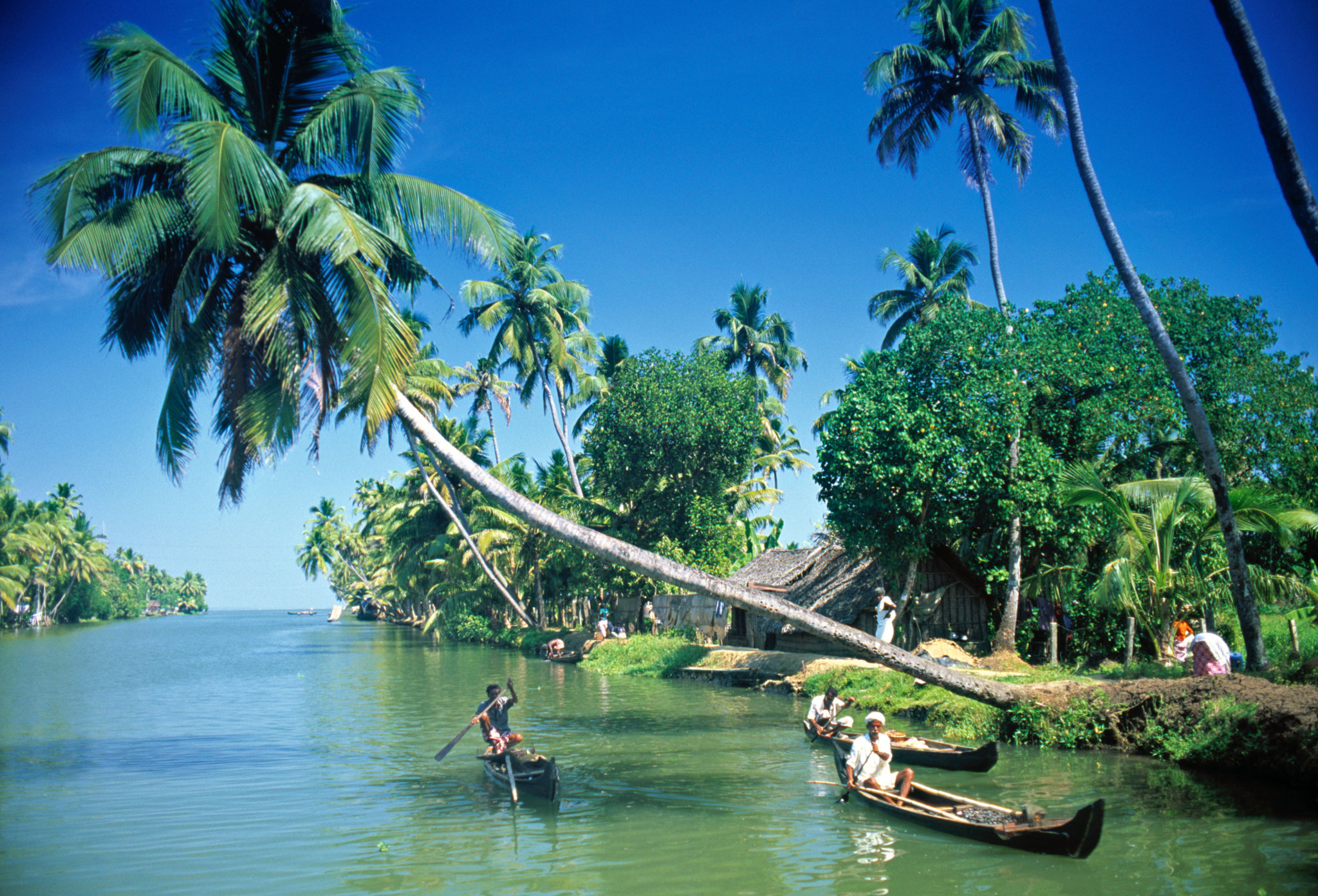I heard it suggested the other day that, in the growing world of online learning, you must be able to download one-size-fits-all International Standards courses, answer a few questions and achieve certification!
Clearly, this person did not understand the full extent and process of International Standards, and how training has to be adapted to suit the organization.
For example, ISO 14001 Environmental Management Standard – EMS – is a generic standard that can be used by any organization, whatever its size or industry. But it will obviously contain some information that’s more important to one type of business than another.
The same Standard can be used just as well by a company making plastic containers, as an organization selling books. That’s the whole point.
Internal auditing
So what really matters here is the interpretation of the Standard, the system installed, the training and, crucially, the internal auditing.
There are different ways of achieving this, depending on the size and type if your business. A good start is to talk to expert providers and trainers, that are Exemplar Global certified.
Without a doubt, everyone in the company should receive training when an ISO management system is implemented, especially if the organization is to pursue ISO certification.
And while not every employee will go down this road, lead auditor training courses provide the most comprehensive training.
Certification process
Lead auditor training in Brisbane offers distinct components covering the ISO itself, as well as how to lead or conduct an audit, the latter being a crucial part of the ISO certification system.
So let’s use as an example, a company selling cleaning products. While not likely to have as great an environmental impact as, say, an oil refinery, it would have more than a book shop.
This company operates an office and a warehouse, distributing its cleaning products by road to retail outlets. The cleaning products come in plastic bottles, packed into boxes for delivery.
The owner of this company has decided to implement an environmental management system, with a view to achieving ISO 14001 Environmental Management Standard. He is keen to have all levels of staff on-board and committed, understanding the reasons for, and benefits of implementing the system.
Professional consultants
Firstly the business owner would contact professional consultants in Brisbane, for example, SC Training Centre.
The consultants would discuss with him in-depth, the nature of the business, a number of staffs, premises, products, packaging, waste systems, delivery and so on.
The consultants would then tailor-make a training and implementation package, specifically for this business.
Normally, key personnel is trained first, followed by the rest of the team. At this point, the business owner would identify key members of staff for internal auditing and ISO 14001 lead auditor training.
ISO 14001 clearly sets out what is needed for an EMS system to be ISO-compliant – regardless of the industry.
Voluntary regulation
It might surprise you to learn that ISO 14001 has been in existence for over 20 years, the first-ever environmental management system standard having been launched in 1992.
The really interesting point is that ISO 14001 is based on a voluntary approach to regulation, making those organizations that pursue it highly commendable.
Will it become compulsory? Who knows, but surely it pays to get a head start!
Whilst reflecting the latest environmental legislation, ISO 14001 is more about putting a system in place to manage an organization’s operations, to limit its impact on the environment.
Reduce waste
It provides a framework in which an organization can reduce waste; better manage resources; identify, assess and monitor environmental risks and, a big incentive to any business, reduce costs and improve profits.
Now, one of the reasons our cleaning products business owner wants to achieve ISO 14001 certification is because he wants to tender to supply government departments with cleaning products.
Increasingly, major companies and government departments are imposing very strict criteria on their suppliers, including ISO certification, so it’s a very smart move.
And going down this path has opened this company’s eyes to issues it hadn’t considered. For example, our business owner was only concerned with the products themselves, the production process and the packaging.
Delivery systems
He hadn’t stopped to think about the impact on the environment of his delivery system, or how much power he was using to run warehouse and office. Then there’s the waste created by the business, not to mention the large usage of items like paper and printer cartridges.
Suddenly, it’s easy to see why only the best professional training will do! Especially as ISO 14001 has just been revised, with a strong focus on several new areas.
Consequently, our ‘business owner’ has arranged for a new management system to be written and implemented, and for key staff to be trained at the start of the process.
All staff will then receive general training while three key employees have been chosen to undertake ISO 14001 lead auditor training Brisbane, which will provide them with the necessary knowledge and skills to competently conduct third-party assessments of the company’s EMS.























